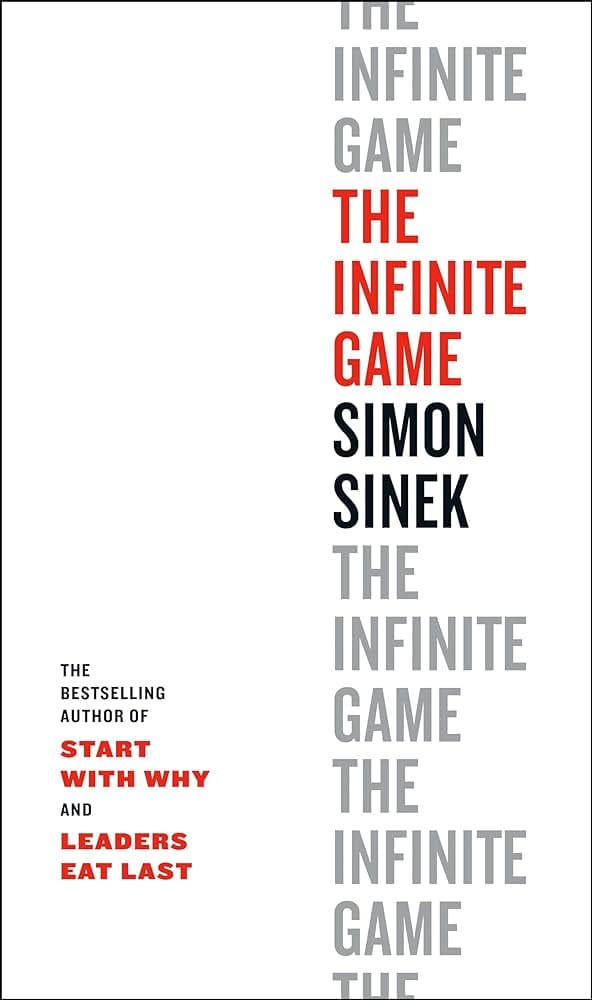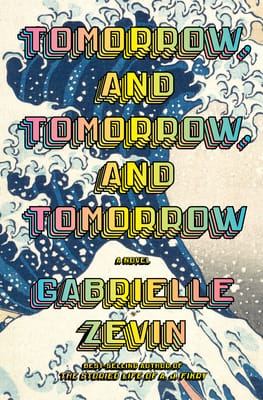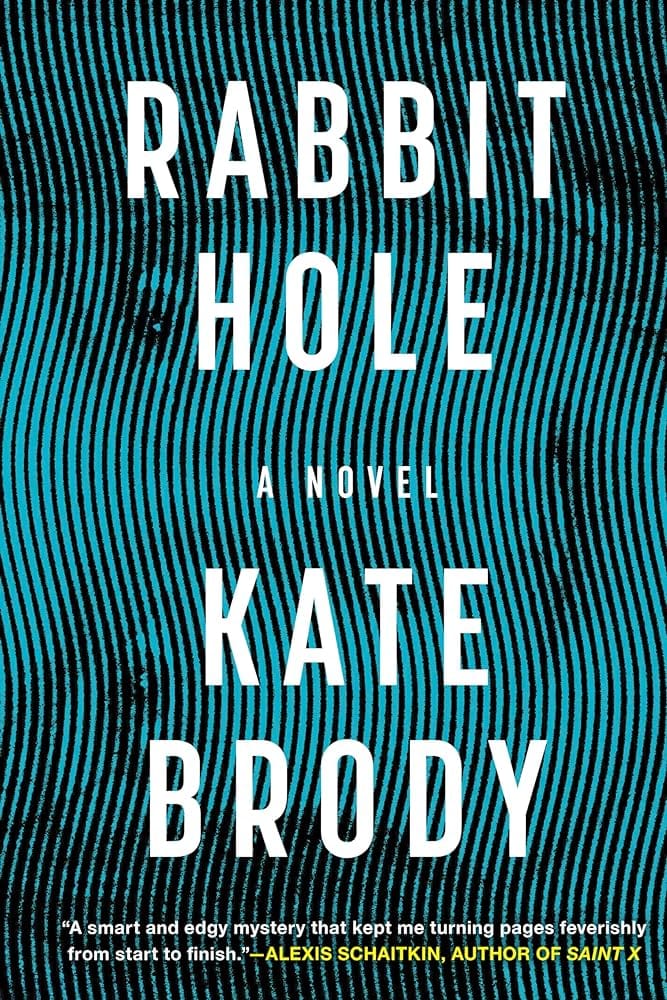
A Little Life
Jude, Willem, Malcolm, and J.B. develop a deep friendship after meeting in college despite their drastically different backgrounds. Their lives become intertwined as they learn to lean on each other throughout their journey to adulthood.
buy this bookThe ‘saddest book ever written’ reputation that A Little Life has earned is very well-deserved. This book addresses dark but very human themes such as self-harm, PTSD, sexual abuse, and childhood trauma. It talks about how these events can affect all of your connections and relationships even many years after they’ve happened.
“Why wasn’t friendship as good as a relationship? Why wasn’t it even better? It was two people who remained together, day after day, bound not by sex or physical attraction or money or children or property, but only by the shared agreement to keep going, the mutual dedication to a union that could never be codified.”Hanya Yanagihara
The story’s timeline is structured in such a way that just when you think things are looking up for the characters, you’re reminded that life, for some people, will always be a blackhole and happiness can be forever tainted by traumatic history.
Jude’s story is revealed slowly, as flashbacks, throughout the course of the book. This also becomes a guiding force for the dynamic of the foursome. The slowness in which Jude’s history is revealed to readers metaphorically sums up how long it actually takes for him to open up to his closest friends.
It’s revealed early on in the story that Jude cuts himself. Once this part of Jude’s life was exposed, you see that it’s a common thread throughout the entire novel as he grapples with his sense of control and mental stability. Each flashback is more uncomfortable and horrific than the last—driving the readers to understand exactly why the self-harm is deemed “necessary” by Jude.
This becomes the backbone on which the story crescendos, and readers bounce back and forth in the timeline as they are introduced to different important relationships in Jude’s life.
At times, the story starts to take on a dystopian feeling because it seems entirely impossible for so many cruel things to happen to one person. But in an interview with Yanagihara, she describes that this was exactly what she was trying to achieve. “I wanted there to be something too much about the violence in the book, but I also wanted there to be an exaggeration of everything, an exaggeration of love, of empathy, of pity, of horror. I wanted everything turned up a little too high.”
Keeping with this theme, she created a story that wasn’t necessarily one that would be stereotypically loved. The protagonist doesn’t get better, and there is not a happy ending. This is a story that focuses solely on the harsh complexities of life and learning to take what you can from it.
Although the darker themes of the book often outshine the happier moments, it is still the lighter, more positive, aspects of the book that keep readers finishing this 700+ page novel. Beyond the bare examination of trauma and it’s effects, Yanagihara tells a beautiful story of friendship, love, and family that we choose, and how often times these are the strings that hold our lives together.




